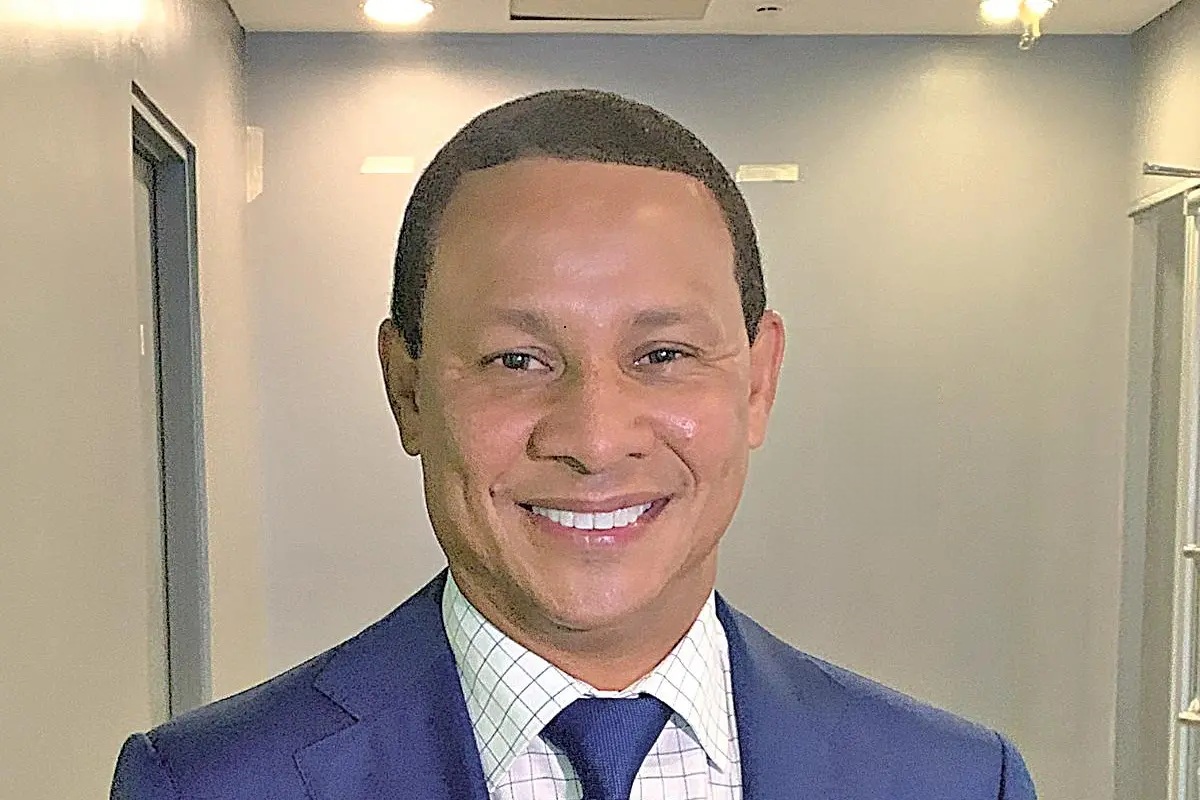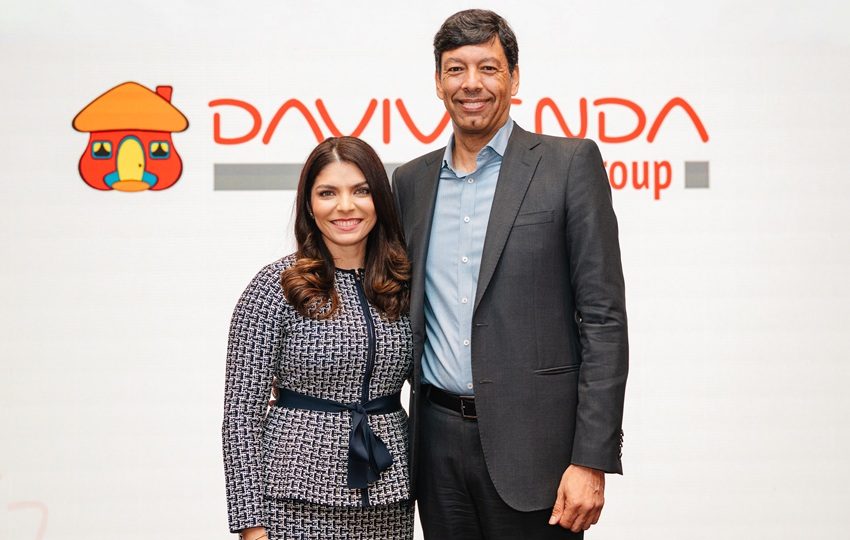A Port Plan that ‘May Ease US-China Rivalry’: Panama Seeks Partners
Panama Canal Authority says it has ‘launched a consultation process with representatives of the maritime industry to identify potential partners’ who can afford US $2.6 Billion.

The Panama Canal Authority has met key industry players ahead of tendering a US$2.6 billion project to build two new port terminals, a move that Hong Kong analysts have called a high-stakes strategic maneuver. The consultation was announced by the authority on Monday, as a separate multibillion-dollar sale of Hong Kong-based CK Hutchison Holdings’ existing port stakes remained stalled amid broader frictions between the United States and China. The authority said it had “launched a consultation process with representatives of the maritime industry to identify potential partners” for the Corozal terminal on the Pacific side and the Telfers terminal on the Atlantic side.
The list of invitees to the initial working meeting included China’s Cosco Shipping Ports and Terminal Investment Limited (TiL), the two companies central to the earlier stand-off over the CK Hutchison deal. The deal involved TiL, an affiliate of shipping giant MSC, leading a consortium with US-based BlackRock to acquire the existing concessions from CK Hutchison. The sale was viewed favorably by Washington but faced strong resistance from Beijing, which reportedly sought the inclusion of state-owned Cosco. The consultation for new assets was held amid the fraught negotiations. The authority said its market engagement involved companies such as APM Terminals, DP World and PSA International, as well as shipping firms including Maersk Line, MSC and Cosco.
Authority chief Ricaurte Vasquez recently said that the urgency stemmed from capacity concerns, adding that the existing five main ports were “practically operating at their limit”. The authority also said that the new project aimed to “increase container transshipment capacity by 5 million twenty-foot equivalent units [TEUs] per year”. The authority outlined a clear timeline for the process, with a “final phase of the concessionaire selection” expected to conclude in the fourth quarter of 2026. Surinder Brrar, a professor of practice in global shipping and logistics at Polytechnic University, said the new plan not only aimed to ease long-term US-China rivalry, but also created immediate leverage to break the impasse over the stalled CK Hutchison deal.
He called the consultation a “good move by Panama”, showing that it was “not waiting for the CK Hutchison sale to conclude anytime soon” and was instead pushing its “own long-term strategic and economic interests”. Brrar added that the new process “creates leverage for Panama” in its discussions with all parties and “could be a way out of the current impasse” over the stalled deal. If the new terminals were built, “increased competition would eventuate” with the new Corozal terminal competing head-to-head with CK Hutchison’s existing Balboa port, Brrar warned, with Telfers competing with Cristobal on the Atlantic. He said this would create “large cannibalisation pressures” and a “loss of value” in the existing terminals.
“It is not in the interests of CK Hutchison or TiL to have this happen, so the pressure has increased on them to find a resolution,” Brrar added. The new government-led process also provides the Panamanian government with a critical contingency plan as it faces a separate Supreme Court challenge that may annul CK Hutchison’s port concessions entirely. Lau Siu-kai, consultant for the semi-official Chinese Association of Hong Kong and Macau Studies think tank, said the consultation was a strategic move by Panama to regain control and find a long-term solution to the geopolitical impasse. “I tend to see Panama attempting to expand the capacity of the Panama Canal, promote economic growth and enhance national autonomy in the context of the China-US rivalry,” Lau said.
He argued that this new development was Panama’s long-term strategy to dilute the geopolitical flashpoint. “Suppose Panama can diversify the ownership of the container terminals … In that case, the strategic significance of the CK Hutchison terminals to both China and the US will decrease,” he said. Despite this, Lau said he did not expect the immediate stand-off over the existing terminals to end. “Since future development is unclear and uncertain, neither the US nor China is expected to change its stance on the CK Hutchison terminals,” Lau said. “Beijing, given its minimal trust in the US and Panama, will oppose any move … to wrest control of the terminals from CK Hutchison and hand them to ‘unfriendly’ hands.
“I expect the CK Hutchison terminals will continue to be a bone of contention in the overall trade dispute between the US and China.” Last week, Canal Affairs Minister Jose Ramon Icaza said that the government was prepared for all outcomes. “We do not control the scenarios … we are working on a plan,” Icaza said, adding that if the court ruled against Hutchison, the state was “ready to manage those concessions with an interim operator and then do a bidding process for a new concession”.





